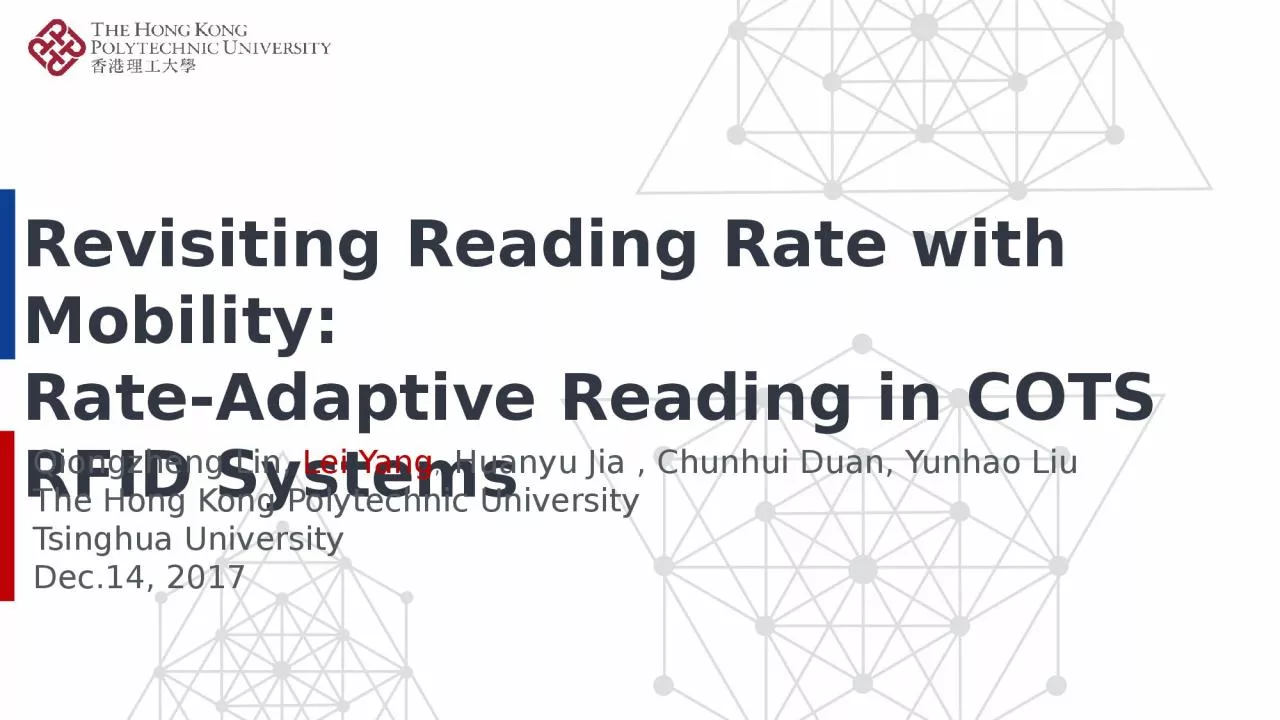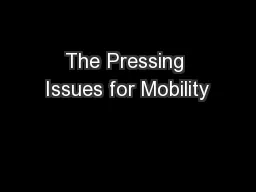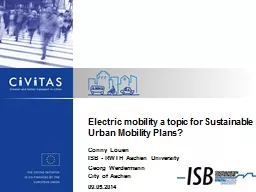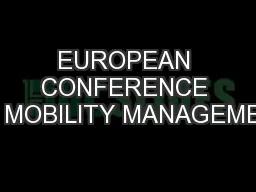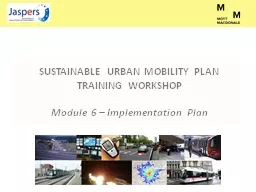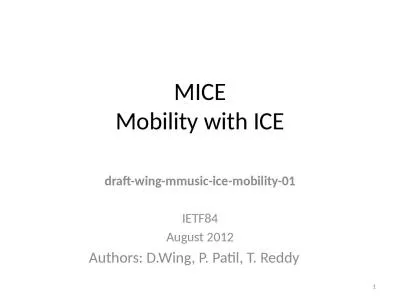PPT-Revisiting Reading Rate with Mobility:
Author : anya | Published Date : 2024-03-15
RateAdaptive Reading in COTS RFID Systems Qiongzheng Lin Lei Yang Huanyu Jia Chunhui Duan Yunhao Liu The Hong Kong Polytechnic University Tsinghua University
Presentation Embed Code
Download Presentation
Download Presentation The PPT/PDF document "Revisiting Reading Rate with Mobility:" is the property of its rightful owner. Permission is granted to download and print the materials on this website for personal, non-commercial use only, and to display it on your personal computer provided you do not modify the materials and that you retain all copyright notices contained in the materials. By downloading content from our website, you accept the terms of this agreement.
Revisiting Reading Rate with Mobility:: Transcript
Download Rules Of Document
"Revisiting Reading Rate with Mobility:"The content belongs to its owner. You may download and print it for personal use, without modification, and keep all copyright notices. By downloading, you agree to these terms.
Related Documents

